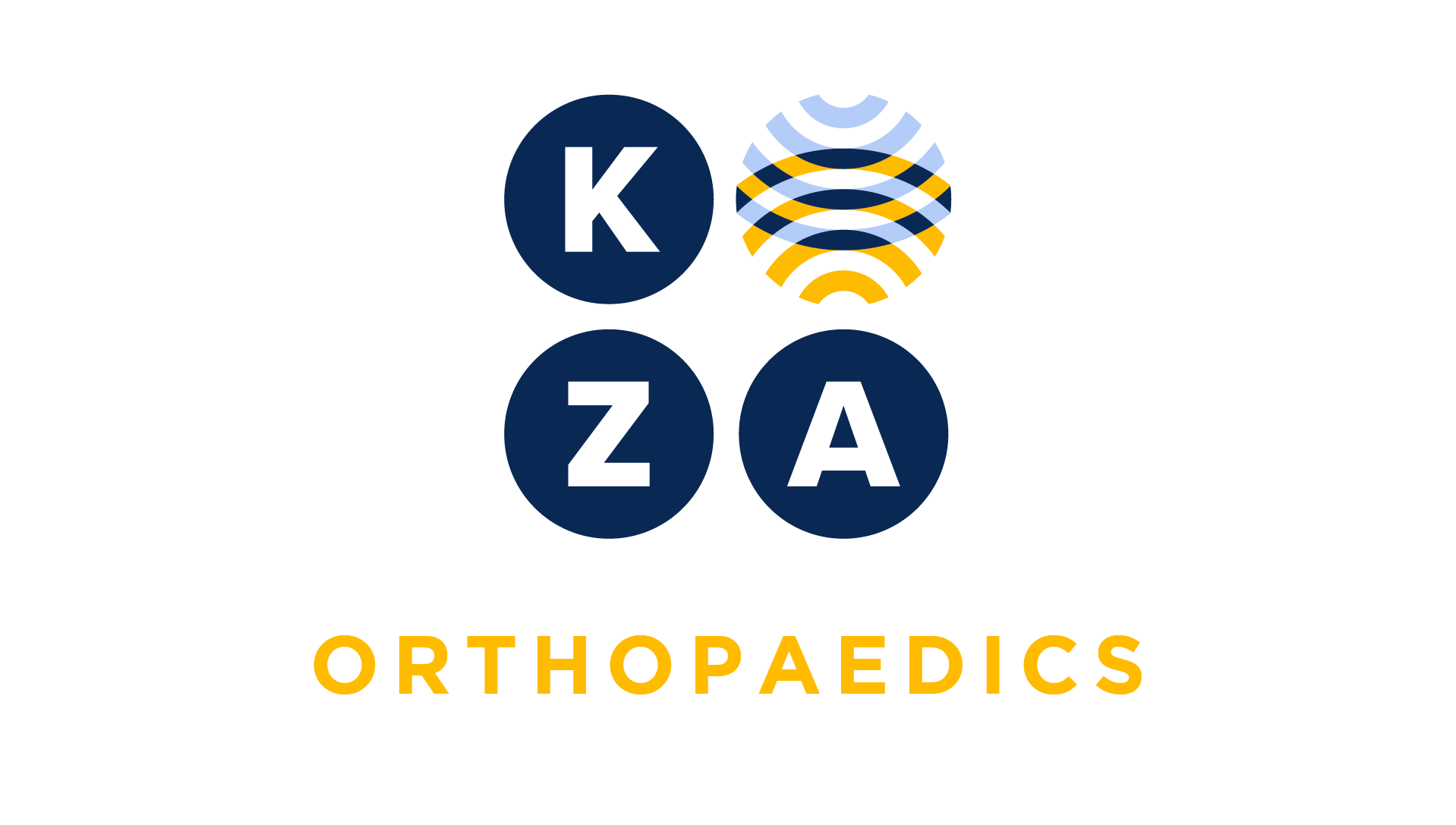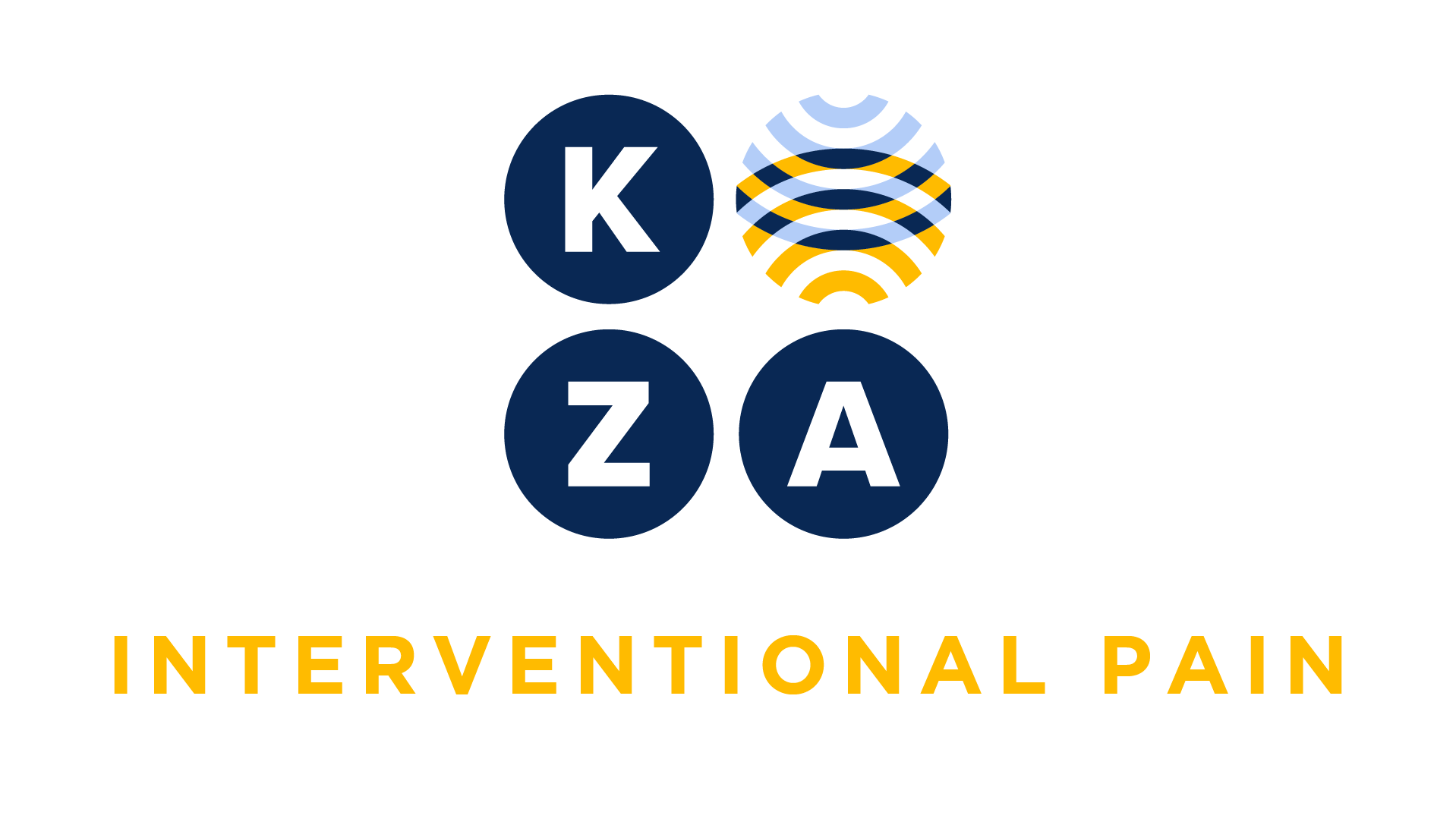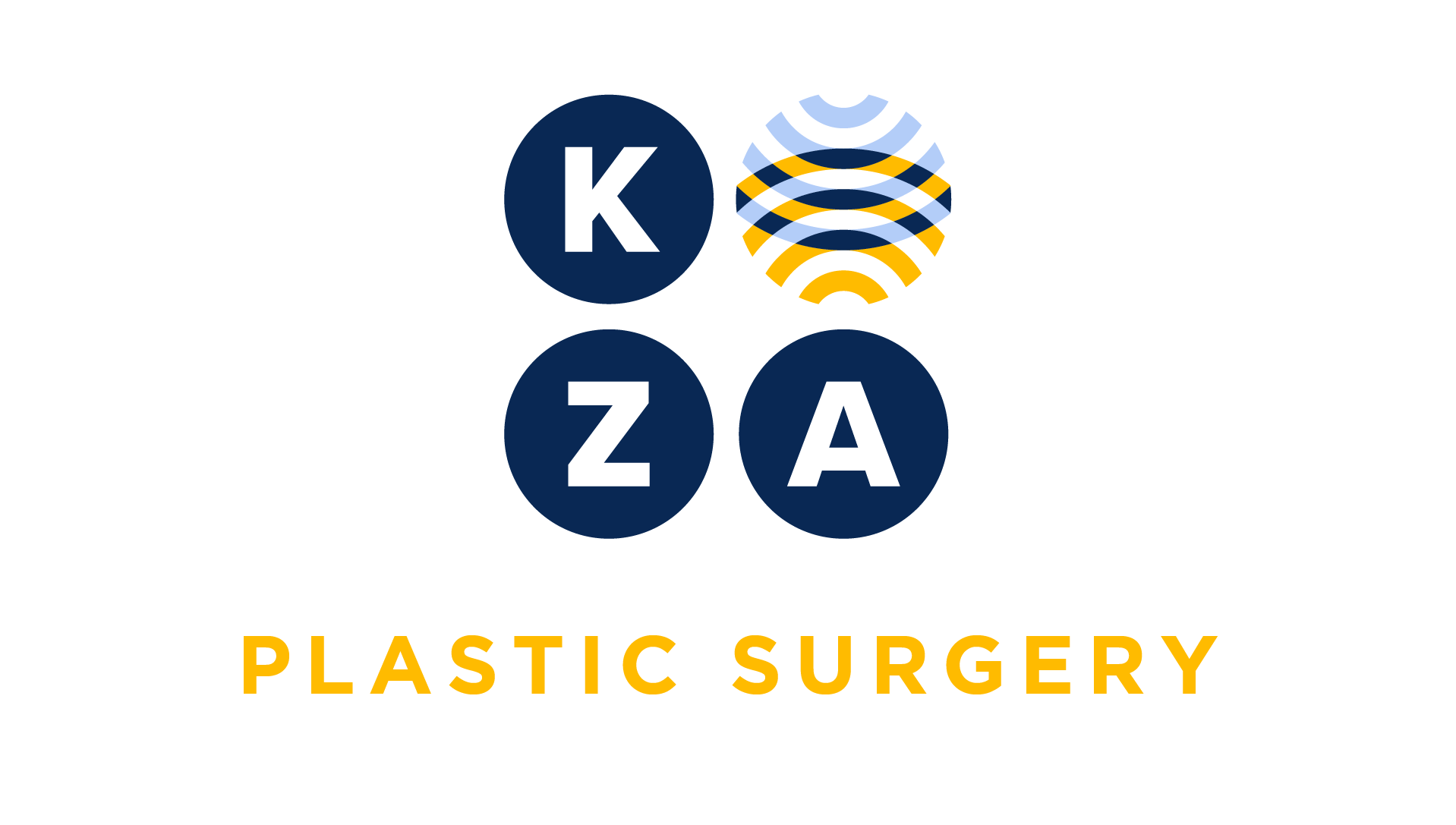
Choose your specialty from the list below to see how our experts have tackled a wide range of client questions.
Looking for something specific? Utilize our search feature by typing in a key word!
Non-Manipulative Treatment of Finger Fractures: One Code or Four Codes?
Our physician diagnosed non-displaced middle phalangeal fractures on the right index, middle, ring, and little fingers on a high school student. The physician applied a short arm cast…
Question:
Our physician diagnosed non-displaced middle phalangeal fractures on the right index, middle, ring, and little fingers on a high school student. The physician applied a short arm cast as treatment and wants to report CPT code 26720 four times. I explained to the physician that she may only report this code one time as a single cast was applied. She does not agree with me. Am I correct?
Answer:
First, based on your description, CPT code 26720 (Closed treatment of phalangeal shaft fracture, proximal or middle phalanx, finger or thumb; without manipulation, each) is the correct code.
Both of you are correct depending on what rules are being applied.
CPT Rules:The scenario describes middle phalangeal fractures on four separate fingers; note the term “each” in the CPT code description. If you are following CPT rules, the physician is correct to report 26720 for each of the fingers; KZA recommends reporting each code with the appropriate finger modifier; alternatively you could report the code with four units (the finger modifiers represents more specific coding and reporting).
This is a high school student and most likely does not have Medicare coverage unless the student is on disability.
Medicare NCCI Rules:Medicare, via the National Correct Coding Initiative (NCCI) guidelines, instructs that multiple fractures in the same area treated with a single cast (example) may only be reported one time.
The following citation is found in Chapter IV (Musculoskeletal System) of the NCCI Policy Manual.
16. If a single cast, strapping, or splint treats multiple closed fractures without manipulation, only one closed fracture treatment without manipulation CPT code may be reported.
CPT code 26720 is reported one time for the management of the four individual fractures if your practice applies CMS NICC rules to all patients, or if the payor contract states that NCCI guidelines are used.
*This response is based on the best information available as of 06/10/21.
Trigger Finger Injection
Which CPT code is used 20550 or 20551 for a trigger finger /A1 pulley injection?
Question:
Which CPT code is used 20550 or 20551 for a trigger finger /A1 pulley injection?
Answer:
CPT code 20550 defines an injection to a single tendon sheath, or ligament, aponeurosis (eg, plantar “fascia”).CPT code 20551 defines an injection to single tendon at the origin/insertion site.Trigger finger injections are most commonly given to the flexor tendon, supporting CPT code 20550.
*This response is based on the best information available as of 06/10/21.
Breast Reduction with Liposuction
If I do both a breast reduction, 19318, and liposuction of the breast, 15877, do I bill both codes?
Question:
If I do both a breast reduction, 19318, and liposuction of the breast, 15877, do I bill both codes?
Answer:
No – the liposuction is not separately reported. This service is included in the breast reduction code assuming breast tissue is surgically removed to support 19318.
*This response is based on the best information available as of 06/10/21.
Does Type of Scope – Rigid or Flexible – Matter for Coding?
Does 31231 (nasal endoscopy) have to be done with a rigid scope?
Question:
Does 31231 (nasal endoscopy) have to be done with a rigid scope?
Answer:
The CPT descriptor for 31231 is: Nasal endoscopy, diagnostic, unilateral or bilateral (separate procedure). Notice it does not specify whether the scope must be rigid or flexible. That said, CPT makes it clear that the anatomic structures examined in 31231 include the interior of the nasal cavity and the middle and superior meatus, the turbinates, and the sphenoethmoid recess.
Question:
Does 92511 (nasopharyngoscopy) require use of a flexible scope?
Answer:
CPT does not specify what type of scope is used for 92511 (Nasopharyngoscopy with endoscope (separate procedure)). You could use a rigid or flexible scope. The most important aspect of 92511 is the anatomic structure(s) examined which would include the nasal cavity, nasopharynx (e.g., adenoids) and Eustachian tube openings.
Question:
Does 31575 (laryngoscopy) require the use of a flexible scope?
Answer:
Yes. The CPT descriptor is “Laryngoscopy, flexible; diagnostic.” Notice the word “flexible” is in the code language.
*This response is based on the best information available as of 05/27/21.
Bone Cyst Tibia and Fibula
Our surgeon documented an excision and curettage of a bone cyst from the tibia and the fibula near the ankle joint. I am looking at CPT code 27635 and wondering if this is the correct…
Question:
Our surgeon documented an excision and curettage of a bone cyst from the tibia and the fibula near the ankle joint. I am looking at CPT code 27635 and wondering if this is the correct code and if I report it once or twice.
Answer:
CPT code 27635 (Excision or curettage of bone cyst or benign tumor, tibia or fibula;) appears to be the correct code based on your inquiry. We are not able to confirm the actual CPT code without reviewing the operative note. The code descriptor reads “tibia or fibula”; this means the code is correct whether the bone cyst or benign tumor is on the tibia or the fibula (meaning there are not different codes for each location). While CPT says “or” meaning it could be reported more than one time, CMS has a MUE (mutually exclusive edit) in place limiting the code to one unit, citing a Date of Service (DOS) Clinical Edit (3) and based on CMS policy. This edit became effective January 1, 2021.
The following citation is extracted from CMS National Correct Coding InitiativePolicy Guidelines(page 38 1/28/2021):
“MUEs for HCPCS codes with an MAI of “3” are “per day edits based on clinical benchmarks.” MUEs assigned an MAI of “3” are based on criteria (e.g., nature of service, prescribing information) combined with data such that it would be possible but medically highly unlikely that higher values would represent correctly reported medically necessary services. If contractors have evidence (e.g., medical review) that UOS in excess of the MUE value were actually provided, were correctly coded and were medically necessary, the contractor may bypass the MUE for a HCPCS code with an MAI of “3” during claim processing, reopening, or redetermination, or in response to effectuation instructions from a reconsideration or higher level appeal.”
Additional information on MUE’s may be found in the above link.
*This response is based on the best information available as of 05/13/21.
Denial of 15839 with 19342
My doctor performed 19342 (exchange of larger implant to smaller implant), 15771 (grafting of autologous fat) and 15839 (excision of excessive skin). We were denied for 15839 and I have…
Question:
My doctor performed 19342 (exchange of larger implant to smaller implant), 15771 (grafting of autologous fat) and 15839 (excision of excessive skin). We were denied for 15839 and I have sent a corrected claim with updated diagnosis codes for 15839 but the claim was again denied. Can you help please?
Answer:
CPT 15839 (Excision, excessive skin and subcutaneous tissue (includes lipectomy); other area) would never be separately reported for only excision of excess skin during a breast reconstruction or revision procedure. This service is included in whatever primary procedure code you’re billing.
*This response is based on the best information available as of 05/13/21.
Do you have a Coding Question you would like answered in a future Coding Coach?
If you have an urgent coding question, don't hesitate to get in touch with us here.




